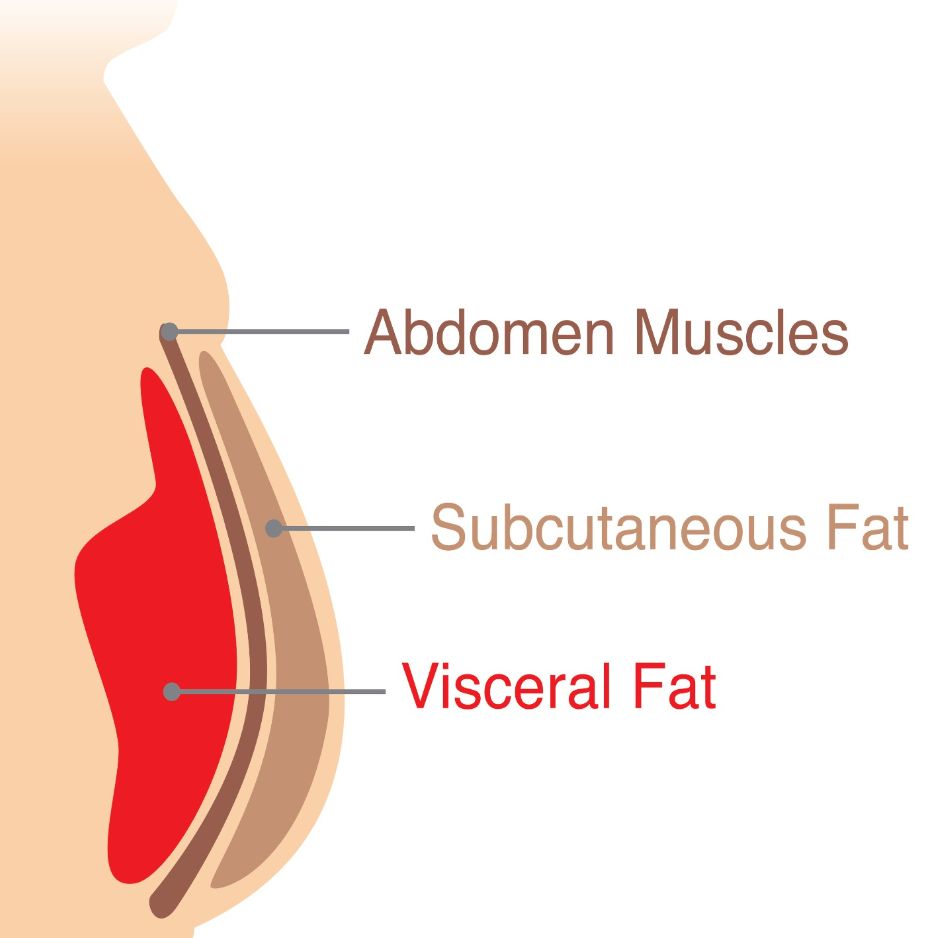What is Appendicular Lean Mass?

What is Appendicular Lean Mass
Appendicular lean mass refers to the amount of lean tissue (muscle and bone) in the appendicular skeleton, which includes the arms and legs. It is an important indicator of overall muscle health and plays a crucial role in various aspects of our well-being. Understanding the concept of lean mass is essential for maintaining a healthy body composition and overall physical performance.
Understanding the Concept of Lean Mass
Lean mass, often referred to as muscle mass, refers to the weight of your body minus the weight of fat. It comprises not only skeletal muscle but also the bones that support muscle structure. Lean mass is a key component in determining body composition and is an important factor in maintaining a healthy weight. Having a higher proportion of lean mass is associated with several health benefits, including increased strength, improved metabolic health, and better overall physical performance.
The Science Behind Lean Mass
Lean mass is primarily composed of skeletal muscle tissue, which accounts for the majority of our body's lean mass. Muscles are made up of muscle fibers that contract to produce movement and provide strength. When you engage in physical activities, such as resistance training or weightlifting, your muscles undergo microscopic damage. The body repairs this damage by rebuilding muscle fibers, resulting in an increase in lean mass over time.
But did you know that the process of building lean mass is not just about muscle fibers? It also involves the activation of satellite cells, which are specialized cells that play a crucial role in muscle repair and growth. These satellite cells fuse with existing muscle fibers, increasing their size and contributing to the overall increase in lean mass. So, the next time you hit the gym and feel that post-workout soreness, remember that it's a sign that your body is working hard to repair and build lean mass.
Importance of Lean Mass in the Body
Lean mass plays a crucial role in our overall health and well-being. It is particularly important for maintaining physical performance and preventing age-related muscle loss, known as sarcopenia. Higher lean mass is associated with increased strength, endurance, and flexibility. Moreover, lean mass contributes to a higher basal metabolic rate (BMR), meaning that individuals with more lean mass burn more calories at rest. This can help with weight management and maintaining a healthy body composition.
But did you know that lean mass also plays a role in our immune system? Research has shown that muscle tissue produces and releases cytokines, which are small proteins that regulate immune responses. These cytokines help in the communication between immune cells, aiding in the defense against pathogens and promoting overall immune function. So, having a healthy amount of lean mass not only benefits your physical performance but also supports your immune system.
In addition to its physiological benefits, lean mass also plays a significant role in our mental well-being. Regular exercise and strength training, which promote the development of lean mass, have been shown to have positive effects on mood and mental health. The release of endorphins during exercise, often referred to as the "feel-good" hormones, can help reduce stress, anxiety, and symptoms of depression. So, building lean mass not only enhances your physical health but also contributes to a happier and healthier mind.
Appendicular Lean Mass Explained
When we talk about appendicular lean mass, we specifically refer to the lean tissue in the appendicular skeleton. The appendicular skeleton consists of the bones in our arms and legs that connect to the axial skeleton, which includes the skull, spine, and ribcage. The appendicular skeleton is responsible for most of our body's movement and plays a significant role in maintaining stability and balance.
Composition of Appendicular Lean Mass
Appendicular lean mass primarily consists of skeletal muscle tissue and the bones in the arms and legs that provide structural support. Muscles in the appendicular skeleton play a vital role in facilitating movement, including walking, running, and lifting objects. Additionally, the bones in the arms and legs contribute to overall bone density and strength, which is crucial for preventing osteoporosis and other bone-related conditions.
Measuring Appendicular Lean Mass
There are various methods to measure appendicular lean mass, including dual-energy X-ray absorptiometry (DEXA) scans. DEXA scans use low-dose X-rays to accurately determine body composition, including muscle mass and bone density. This non-invasive and highly precise method provides valuable insights into your appendicular lean mass and helps identify any imbalances or areas for improvement.
Role of Appendicular Lean Mass in Health
Appendicular lean mass plays a significant role in maintaining overall health and well-being. It influences various aspects of our physical performance and metabolic health.
Impact on Physical Performance
Having a higher amount of appendicular lean mass can improve physical performance in activities such as sports, exercise, and daily tasks. Increased muscle mass and strength contribute to enhanced power, endurance, and agility. Whether you're an athlete looking to excel in your sport or someone who wants to maintain an active lifestyle, optimizing your appendicular lean mass is crucial.
Appendicular Lean Mass and Metabolic Health
Appendicular lean mass also plays a role in metabolic health. Skeletal muscles use glucose as fuel during exercise and other activities, which helps regulate blood sugar levels and insulin sensitivity. Having more lean mass can improve glucose metabolism and reduce the risk of developing conditions such as type 2 diabetes and metabolic syndrome.
Factors Influencing Appendicular Lean Mass
Several factors can influence your appendicular lean mass, and it's important to understand these factors for maintaining muscle health.
Age and Appendicular Lean Mass
As we age, there is a natural decline in appendicular lean mass, known as sarcopenia. This age-related muscle loss can result in decreased strength, mobility, and overall physical performance. However, regular resistance training and other forms of exercise can help slow down the rate of muscle loss and preserve lean mass as we get older.
Nutrition's Role in Maintaining Appendicular Lean Mass
Nutrition plays a crucial role in maintaining and building appendicular lean mass. Adequate protein intake is essential for muscle protein synthesis, the process by which the body builds and repairs muscle tissue. Additionally, a balanced diet rich in vitamins and minerals supports overall muscle health. It's important to consume a variety of nutrient-dense foods to ensure optimal muscle maintenance and growth.
Strategies to Increase Appendicular Lean Mass
If you're looking to increase your appendicular lean mass, there are several strategies that can help you achieve your goals.
Exercise and Appendicular Lean Mass
Engaging in regular resistance training and strength-based exercises is one of the most effective ways to increase appendicular lean mass. These exercises create micro-tears in muscle fibers, stimulating the body to rebuild and repair them, leading to muscle growth. Additionally, incorporating cardiovascular exercises and flexibility training can further enhance overall physical performance and muscle health.
Dietary Changes for Enhancing Appendicular Lean Mass
In addition to exercise, making dietary changes can also support the growth of appendicular lean mass. Ensuring an adequate intake of high-quality protein sources, such as lean meats, poultry, fish, legumes, and dairy products, provides the necessary amino acids for muscle protein synthesis. It's also important to consume sufficient calories to support muscle growth and fuel physical performance.
In conclusion, appendicular lean mass plays a vital role in our overall health and well-being. It impacts physical performance, metabolic health, and even our ability to carry out daily activities. By understanding the concept of lean mass, measuring and monitoring our appendicular lean mass, and implementing strategies like exercise and proper nutrition, we can optimize our muscle health. BodySpec's affordable DEXA Scans provide a great tool for tracking your body fat, muscle mass, and bone health over time. Take the first step towards a healthier you by uncovering valuable insights into your body composition.


